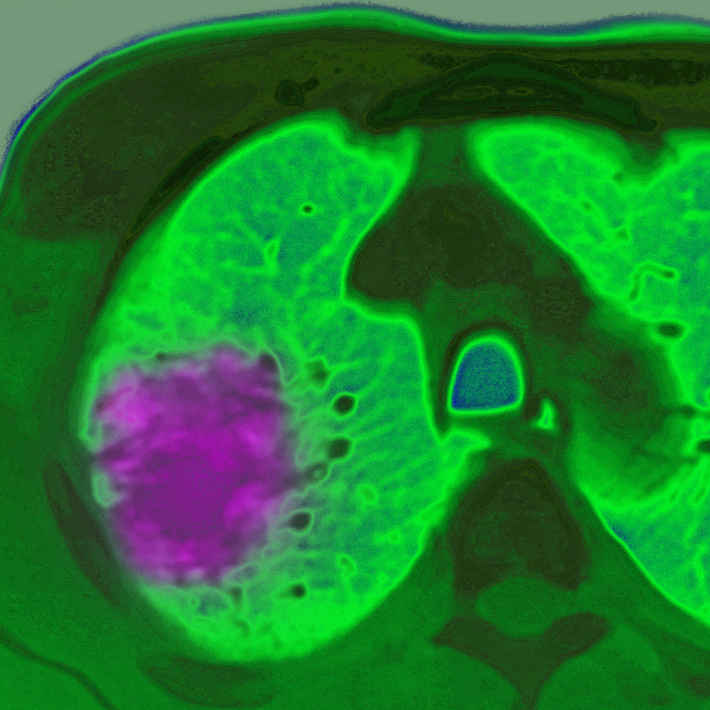5 May 2021
Machine learning improves the diagnosis of skin cancer when humans and artificial intelligence (AI) work together, according to a new study in Nature Medicine.
Diagnostic AI has become more accurate and reliable in recent years. Medical researchers have been mining it for opportunities to support research in clinical settings.
Now, Harald Kittler of the Medical University of Vienna, together with Philipp Tschandl and Christoph Rinner, show how human–computer collaboration through AI-based support can help physicians and clinicians interpret images of skin lesions.
“In skin cancer diagnosis, collaboration improves diagnosis significantly,” says Kittler. “It’s also better than AI or a human alone, which means that the future should be directed into getting humans and artificial intelligence to work together, to get the best of both worlds.”
The researchers first trained a convolutional neural network on an open-source dataset of pigmented malignant and benign lesions. In tests, their algorithms outperformed both human-acquired results and other machine-learning algorithms that had been developed and tested with the same image dataset.
Next, the researchers developed a web-based interface for clinicians to view the output of the algorithms using different classifications, representations, and levels of engagement. One provided multiclass probabilities for each of the possible diagnoses, the second provided malignancy probability, and the third was a content-based image retrieval model that allows physicians to search databases and dig up similar images with known diagnoses.
Finally, people from 41 different countries (‘raters’) were asked to diagnose batches of images, with and without AI-based decision support.
The results show that the availability of AI-based multiclass probabilities increased the accuracy of the raters’ diagnosis from 63.6 to 77 percent. This type of AI-support also influenced raters to change their initial diagnosis to align with the AI prediction – though less often if they were confident – and the support was especially useful for less experienced clinicians.
This paradigm of human-AI collaboration is particularly useful in a post-COVID-19 world, in which physical access to clinicians and healthcare providers has become restricted, according to the researchers.
Although the focus of the study is on skin cancer recognition, the researchers say that their conclusions are applicable to similar research in image-based diagnostics, though the algorithms first need to be tested rigorously in real-life settings. “The real world is always more complex than a confined situation of an experiment,” says Kittler.
References
- Tschandl, P. et al. Human–computer collaboration for skin cancer recognition. Nature Medicine 26, 1229-1234 (2020). | article



